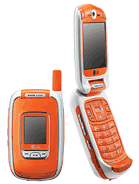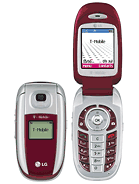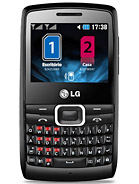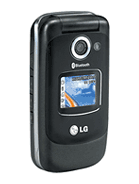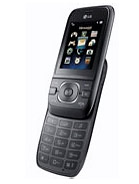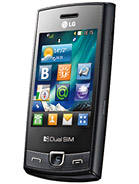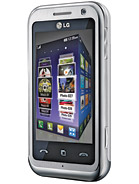
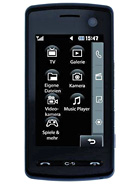
LG KB770 Screen Size Dimensions
LG KB770 screen size dimensions, viewport size, pixel density and more information.
Specs:
| WIDTH | 240 px |
|---|---|
| HEIGHT | 400 px |
| SCREEN SIZE INCH | 3.0" |
| PX DENSITY | ~155 ppi |
| ASPECT RATIO | 29/48 |
| DISPLAY TYPE | TFT resistive touchscreen, 256K colors |
| PHYSICAL SIZE MM | 108 x 54 x 13 mm |
| OPERATING SYSTEM | Feature phone |
| RELEASE DATE | Released 2008, December |
Information:
The LG KB770, released in December 2008, is a feature phone with a 3.0-inch TFT resistive touchscreen display. The screen has a resolution of 240 x 400 pixels, resulting in a pixel density of approximately 155 pixels per inch (ppi). While the screen size and resolution may have been aligned with industry standards at the time of its release, they fall below current user expectations. In today's market, users typically expect larger screen sizes and higher resolutions, especially with the prevalence of smartphones with high-definition displays.
With a physical size of 4.25 x 2.13 x 0.51 inches, the LG KB770 may have been considered compact and pocket-friendly by 2008 standards. However, compared to modern smartphones, the screen size and physical dimensions may not meet the expectations of users accustomed to larger, more immersive displays. The 3.0-inch screen and its 240 x 400 resolution may have been suitable for basic phone functions and limited multimedia use, but they would likely not meet the demands of today's users who rely on their devices for a wide range of activities, including streaming high-definition content, gaming, and productivity tasks.
The aspect ratio of the screen is 29:48, and it supports 256K colors, which was common for devices of its time. The pixel density of approximately 155 ppi, while acceptable for the era, would not provide the crispness and clarity that users expect from modern smartphone displays. Overall, while the LG KB770 may have met industry standards and user expectations at the time of its release, its screen size and resolution would not align with the expectations of today's users, who have become accustomed to larger, higher-resolution displays on their mobile devices.








